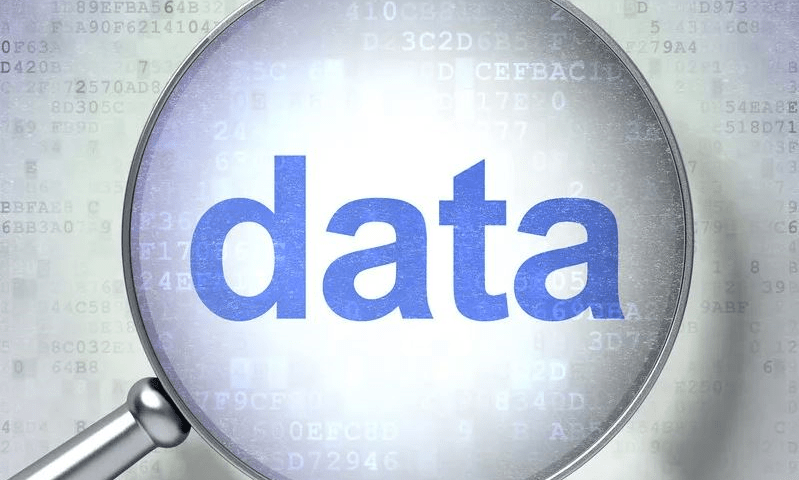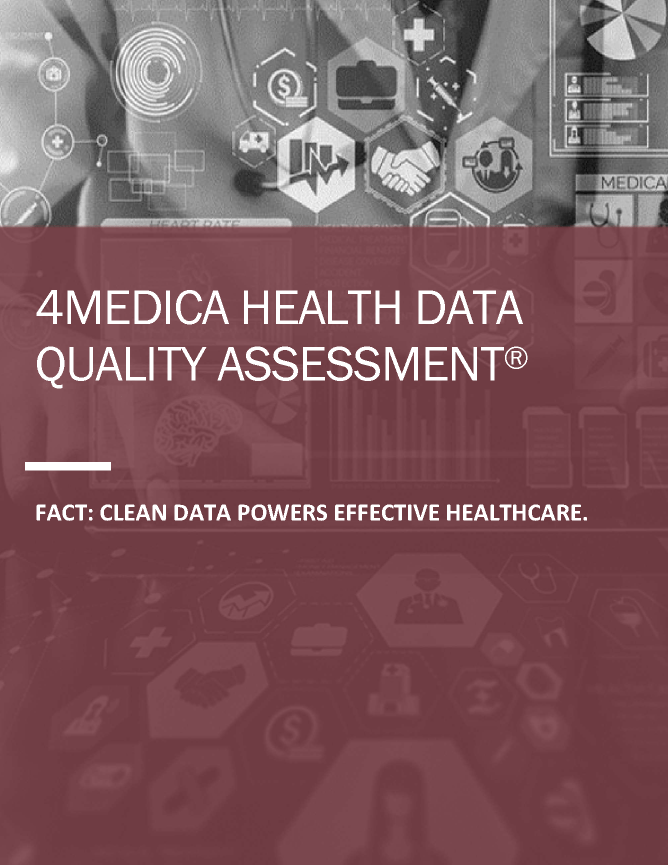When the public thinks of threats to patient safety, they focus on staffing shortages, the skill of clinicians and support staff, clinician-patient communication, the condition of facilities and even the state of technology and equipment.
What’s often overlooked is the quality of data underlying the clinical decisions and what effect it can have on patient safety. And, while many of those other factors are monitored and regulated by medical boards, state and federal certification organizations and others, the quality of patient data largely depends on how accurately patients are identified by recordkeepers.

The importance of correctly identifying patients to achieve lab data quality
So much of patient care begins with lab tests performed by technicians working in relative isolation from the care team. Tests are ordered in doctors’ offices, often on handwritten paper requisitions. These requisitions are manually transcribed into laboratory computers. Many mistakes are made during this process of re-typing names, dates of birth, addresses, phone numbers, emails and other data elements.
The same patient may appear with several errors and when this patient’s tests are ordered again during another encounter, it’s almost impossible for a clerk transcribing the new requisition to find this patient again. So another patient is created with some test results stored under the new identity. This happens over and over, with each duplicate containing only a sliver of the medical record needed for a doctor to make a solid clinical decision. In fact, 70% of clinical decisions today are made based on lab results, according to the Centers for Disease Control and Prevention.
That’s how the lab can be the source of bad data that leads to problems with patient care.
Consider the parable of the blind men and the elephant, in which individuals who’d never encountered an elephant or heard it described examine the animal, but each touch only one part of it. The man who examines the trunk declares an elephant is like a snake; the man who grabs the tail says an elephant is like a rope; the man who touches the leg claims it’s like a tree; and the man who encounters the tusk argues that the elephant is like a spear.
Each of them is wrong, of course, because each arrived at his conclusion based on incomplete data, similarly to how doctors make a decision based on the incomplete data in a duplicated chart. While this is an oversimplification of the role of data in healthcare, it captures the general idea: we act based on the information we have. And if that information is inaccurate, so is the outcome.
Duplication and overlays
Duplication of patient records is one of the most serious problems with data quality. As described above, a patient’s record can be duplicated multiple times in the same laboratory. In a large healthcare organization this problem is greatly magnified when a patient has multiple doctors, inpatient encounters, imaging center visits, etc. It’s an even bigger problem when duplication rates and other patient identity errors occur across disparate environments. A patient might undergo tests ordered by multiple clinicians, each of whom uses a separate lab.
Thus, a doctor making decisions may have information from one lab and not know whether a patient has had tests conducted at other facilities. They see only a piece of the patient’s records and have no visibility into diagnostic trends that could inform their decision-making. This lack of information could lead to incorrect diagnoses and treatments that harm a patient.
For example, a hospital in Texas found that 22% of its patient records were duplicates, according to the Healthcare Financial Management Association. “In 4 percent of cases involving confirmed duplicate records, clinical care was affected,” writes Katherine Lust, former health information management director at Children’s Medical Center Dallas. “Emergency department treatment and surgeries were delayed and duplicate tests ordered.”
Even more dangerous than incomplete records are “overlays.” These happen when one patient’s records end up in the wrong patient’s chart. In the case of overlays, a clinician isn’t simply working with an incomplete patient record; they unknowingly have the wrong medical information entirely because that information belongs to another patient. Overlays can lead to bad patient outcomes and significant litigation.
Among the worst possible outcomes that can be caused by overlays are wrong-site surgeries that involve operating on the wrong patient, performing the wrong procedure, or operating on the wrong body part. One study of malpractice claims reported to the National Practitioner Data Bank found that wrong-procedure surgery was associated with a 13.9% mortality, a 55% permanent injury rate, and a mean liability payment of $232,035. Wrong-site surgery was accompanied by a 2.7% mortality, a 41.5% permanent injury rate, and a mean liability payment of $127,159.
How to ensure clean data
Technology can help all stakeholders attain health data quality (HDQ). Advances in AI and machine learning let automation technology reduce human error in the patient-matching process. 4medica’s multi-layered process runs data through an MPI to identify and merge obvious duplicate patient records, then uses machine learning to correct detected errors in the data. Referential matching and data enrichment can then further reduce duplication. Once this process is complete, data analytics can resolve remaining duplicates and check for overlays. Any unresolved questions regarding specific records can be addressed by humans.
Using intelligent automation to improve HDQ produces better results far faster than it would take for humans to perform the same tasks. By reducing duplicate records and overlays, labs, hospitals, HIEs/HINs, ACOs and other healthcare organizations can significantly improve the quality of their data, increasing the chances that clinicians have the right information to provide the safest care for their patients.
Stay In Touch:
| Thank you for Signing Up |


Stay In Touch:
| Thank you for Signing Up |




